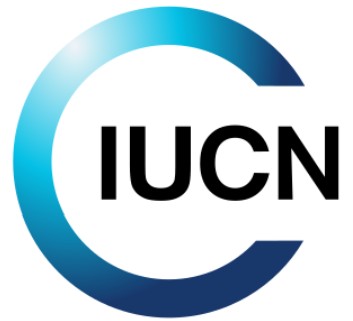Enhancing Sustainability of the Transboundary Cambodia-Mekong Delta Aquifer (CMDA)
Field Visit to Boeung Prek Lapov Protected Landscape, Cambodia
On February 17-18, 2025, the IUCN Cambodia Mekong Delta Aquifer (CMDA) team organised a field visit to the Boeung Prek Lapov (BPL) Protected Landscape in Takeo Province. Representatives from the CMDA National Project Management Unit (NPMU—Ministry of Environment), Provincial Department of Environment, Institution of Technology of Cambodia (ITC), UNESCO, Wildfowl & Wetlands Trust (WWT), and NatureLife participated in the visit
Participants toured the internationally recognized wetland, inspected the shallow groundwater monitoring network, and discussed the site's ecological and hydrological significance. Spanning over 8,305 hectares, BPL is one of Southeast Asia’s last remaining seasonally inundated grasslands and natural wetlands. It plays a critical role in biodiversity conservation, serving as a key habitat for the endangered Sarus Crane (Antigone antigone) and other threatened species. Additionally, BPL supports local fisheries and provides essential water resources to nearby rural communities.
During the visit, the CMDA team reviewed the shallow groundwater monitoring wells installed across the landscape. These wells measure groundwater levels and quality, providing crucial data on groundwater-surface water interactions. Over time, this data will enhance sustainable groundwater management in Cambodia, particularly in regions where wetlands sustain groundwater recharge. The monitoring network at BPL may also serve as a model for future research and policy development under the CMDA project.
The long-term preservation of BPL, including its groundwater and wetland ecosystems, is driven by the dedication of the Cambodian government, the Ministry of Environment, and organisations like WWT and NatureLife. Their work focuses on wetland ecosystem restoration, including flooded forest and grassland restoration and surface and groundwater monitoring. However, climate change, land-use pressures, and illegal encroachment pose significant challenges. Addressing these threats will require ongoing collaboration and innovative solutions to ensure BPL continues to provide vital ecosystem services, including groundwater recharge, for future generations.
In a field visit meeting at the BPL Ranger Station, the IUCN CMDA team, including Pheakdey Sorn (National Coordinator) and Bob Bower (Chief Technical Adviser), emphasised that protecting and restoring wetlands like BPL is crucial for groundwater sustainability. Natural wetlands store and gradually release water, helping to recharge aquifers and sustain water availability beyond the monsoon season. Their benefits are integral to the overall CMDA Sustainable Groundwater Management strategy.
By safeguarding BPL, we preserve groundwater resources and biodiversity. As Dr Chou Monidarin, Director of CMDA NPMU in Cambodia, stated:
💬 “Wetlands like BPL are key to maintaining groundwater levels, supporting agriculture, and conserving biodiversity. As threats to these vital ecosystems grow, prioritising their protection for a sustainable future becomes more crucial.”
🔗 Stay connected for more updates on how the CMDA project is advancing sustainable groundwater management in the Lower Mekong Basin.

 The Cambodia–Mekong River Delta Aquifer (CMDA) Project is a Global Environment Facility (GEF) International Waters initiative implemented by the Food and Agriculture Organization of the United Nations (FAO) and led by the International Union for Conservation of Nature (IUCN) as Lead Executing Agency, with UNESCO and MERFI as Executing Partners, in collaboration with the Governments of Viet Nam and Cambodia.
The Cambodia–Mekong River Delta Aquifer (CMDA) Project is a Global Environment Facility (GEF) International Waters initiative implemented by the Food and Agriculture Organization of the United Nations (FAO) and led by the International Union for Conservation of Nature (IUCN) as Lead Executing Agency, with UNESCO and MERFI as Executing Partners, in collaboration with the Governments of Viet Nam and Cambodia.